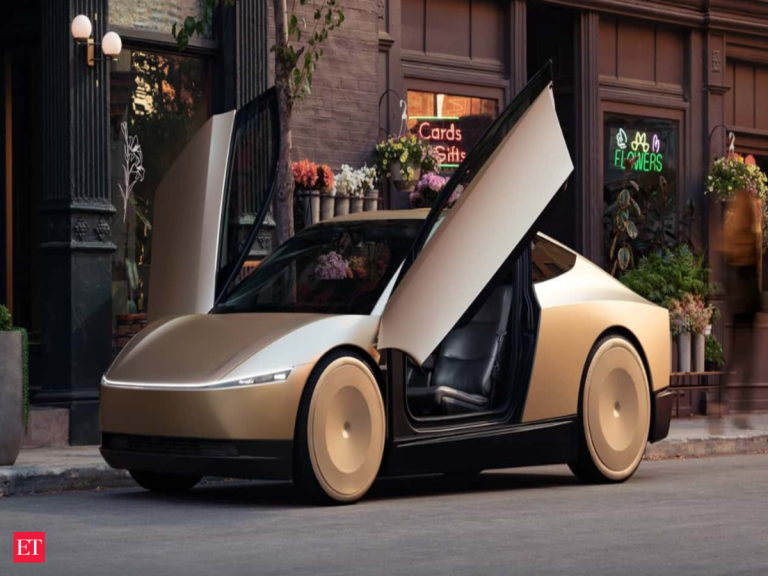Urban Green Spaces: The Future of Outdoor Living in European Cities by 2025
Urban Green Spaces are becoming increasingly important in European cities as they provide a sustainable and healthy environment for citizens to live and thrive. With the increasing urbanization of cities, green spaces are essential for maintaining air quality, reducing noise pollution, and promoting biodiversity.
Introduction to Urban Green Spaces
Urban Green Spaces refer to any area of greenery in an urban environment, including parks, gardens, green roofs, and green walls. These spaces provide numerous benefits, including improving air quality, reducing urban heat islands, and promoting mental health and well-being.
Benefits of Urban Green Spaces
Urban Green Spaces have numerous benefits, including:
- Improving air quality by removing pollutants and particulate matter from the air
- Reducing urban heat islands by providing shade and cooling the air through evapotranspiration
- Promoting mental health and well-being by providing a peaceful and calming environment
- Supporting biodiversity by providing habitats for plants and animals
- Enhancing community engagement and social interaction by providing public spaces for recreation and socialization
European Cities Leading the Way
Many European cities are leading the way in incorporating urban green spaces into their urban planning. For example:
- Copenhagen, Denmark, has implemented a green roof policy, requiring all new buildings to have a green roof
- Barcelona, Spain, has created a network of green spaces, including parks, gardens, and green roofs, to reduce urban heat islands and improve air quality
- London, UK, has implemented a green infrastructure plan, including the creation of new parks and green spaces, to improve air quality and promote biodiversity
Challenges and Opportunities
Despite the many benefits of urban green spaces, there are also challenges and opportunities to consider. For example:
- Ensuring equitable access to urban green spaces, particularly in disadvantaged communities
- Integrating urban green spaces into existing urban infrastructure, such as transportation systems and built environment
- Addressing the maintenance and upkeep of urban green spaces, including irrigation, pruning, and waste management
Conclusion
Urban Green Spaces are essential for creating sustainable and healthy environments in European cities. By incorporating green spaces into urban planning, cities can improve air quality, reduce urban heat islands, and promote mental health and well-being. As we look to the future, it is essential that we prioritize the creation and maintenance of urban green spaces to ensure a healthy and sustainable environment for all.






